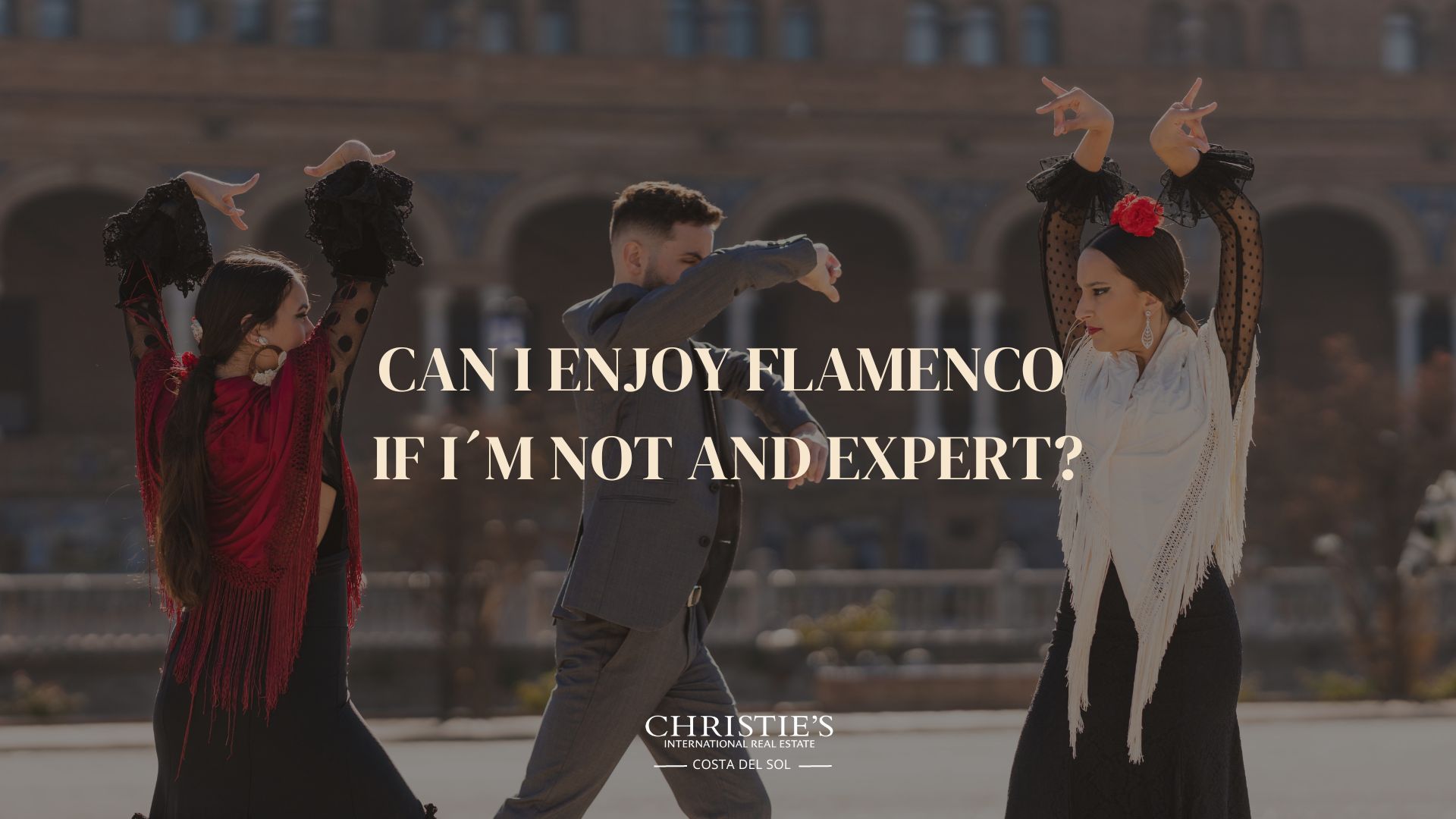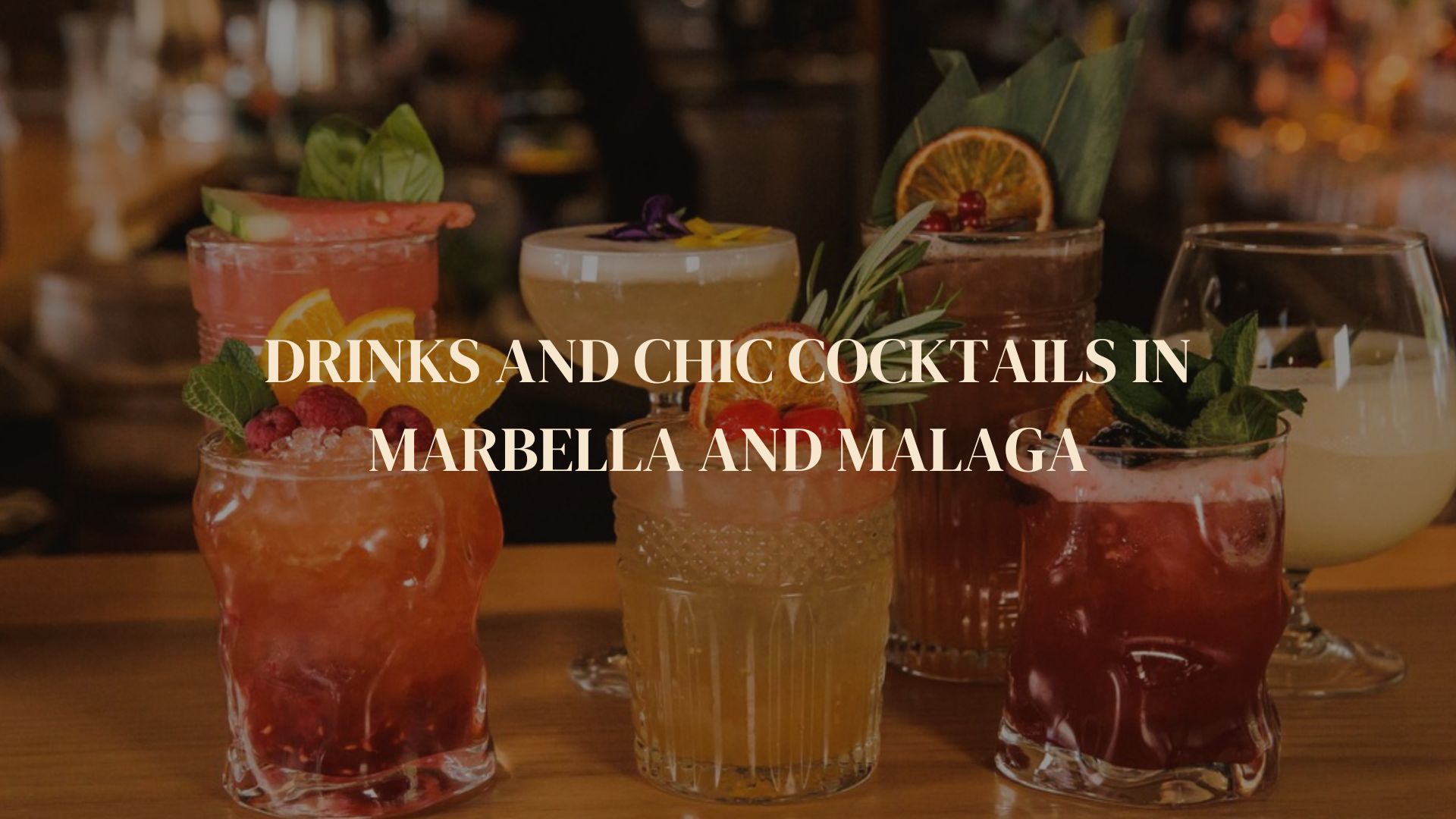
If we say “Spain” we think above all of paella, Iberian Ham, Spanish omelette, olive oil and, of course, the Art of Flamenco. There are then many more typically Spanish elements that are equally valuable, but Flamenco has the category of Intangible Cultural Heritage of Humanity by UNESCO, so it is highly recognised internationally.
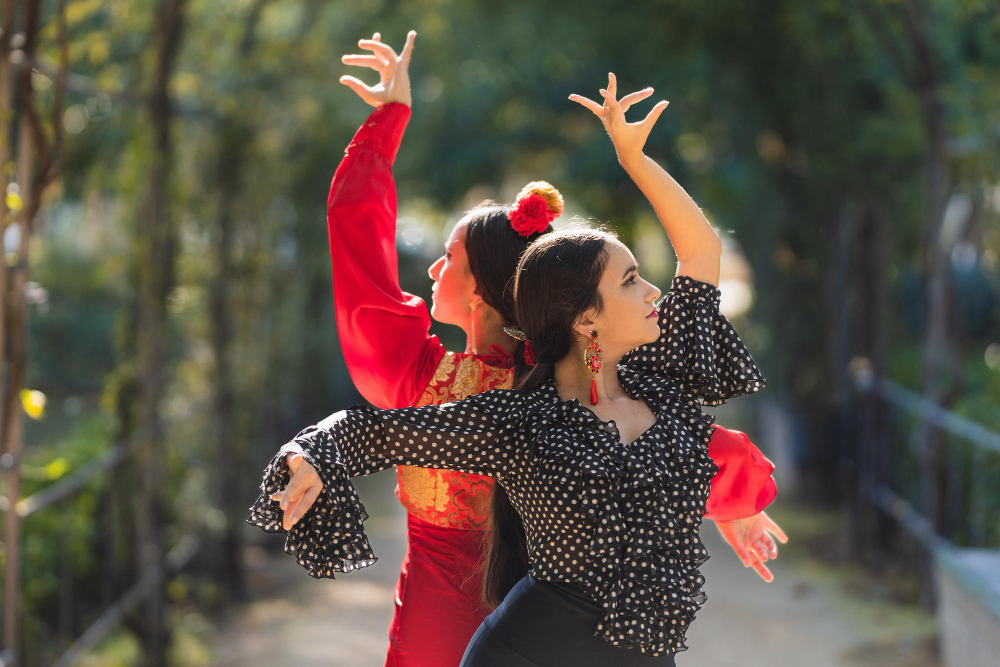
THE CRADLE OF FLAMENCO
The birthplace of flamenco is, in the main, Andalusia, the southernmost region of Spain. However, there are high-class ambassadors of flamenco singing and dancing all over the planet. For example, the country's capital, Madrid, is known for its good flamenco tablaos (venues specialised in these shows). We highlight “El Corral de la Morería” which is a global benchmark.
THE ORIGIN OF FLAMENCO
The origin of Flamenco Art is complex, it is the result of a very exotic mixture of cultures. The hodgepodge includes Phoenicians, Greeks, Muslims, Jews, Hungarian Gypsies and even Hindus. But it is considered that total fusion, as its own musical genre, developed mainly in the 18th century in the south of Andalusia. Its evolution took place in humbler, agrarian and port areas, as well as in those neighbourhoods closely linked to gypsies within Andalusian territory. In fact, Seville, Granada and Jerez de la Frontera were, and are, three leading cities in the world of flamencology.
YOU DON'T HAVE TO BE AN EXPERT TO ENJOY FLAMENCO
You don't need to be an expert to enjoy flamenco. It is a very powerful vocal, musical and body art that transmits feelings in a very intuitive way. Joy, sadness, drama, mother's love, lovers' passion, luck in life, wealth-poverty, jealousy, betrayal, a bad life, faith in God or death, are some of the themes that are discussed in the shows. The whole is understandable without knowing “Andalusian”, Spanish or even having any musical notions of the different chords.
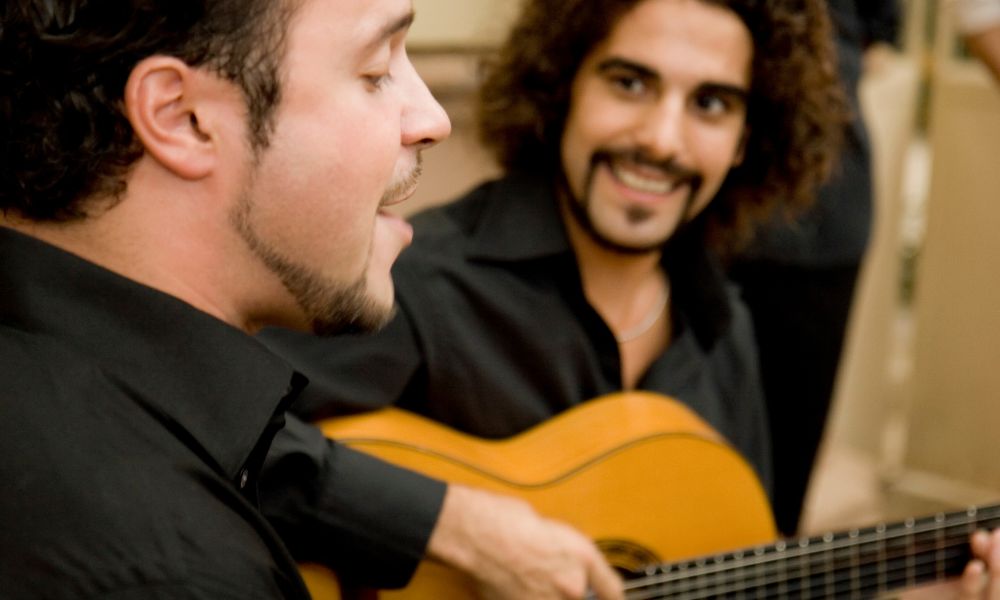
THE SEVILLANAS AND OTHER PALOS OF FLAMENCO
When we talk about flamenco styles, we are referring to styles of singing, playing the guitar, choreographing, dressing, and even playing rhythms with the palms. There are more than fifty palos that have been catalogued, but there are seven that are very well known: Sevillanas, Bulerías, Soleás, Alegrías, Seguidillas, Fandangos and Tangos. Each one has its own characteristics in terms of sound and dance. But don't worry, many Spaniards don't really know how to differentiate properly between them and that doesn't make them any less fans.
Probably the one you know best, the one that may be familiar to you, are the Sevillanas because they have become more popular. And if you are a happy person, you will surely be familiar with another very fun style, the Rumba Flamenca, the one that the Gipsy Kings or Peret played.
WHERE CAN I SEE A FLAMENCO SHOW ON THE COSTA DEL SOL?
Existen numerosos locales dedicados al flamenco en la Costa del Sol. Por ejemplo en Málaga están los tablaos: Los Amaya, El Gallo Ronco, Alegría Flamenco o Kekipé. En Marbella está ubicado en el Casco Antiguo el mítico Ana María Los Chatos.
There are numerous venues dedicated to flamenco on the Costa del Sol. For example, in Malaga there are tablaos: Los Amaya, El Gallo Ronco, Alegría Flamenco or Kekipé. In Marbella, the mythical Ana María Los Chatos is in the Old Town.
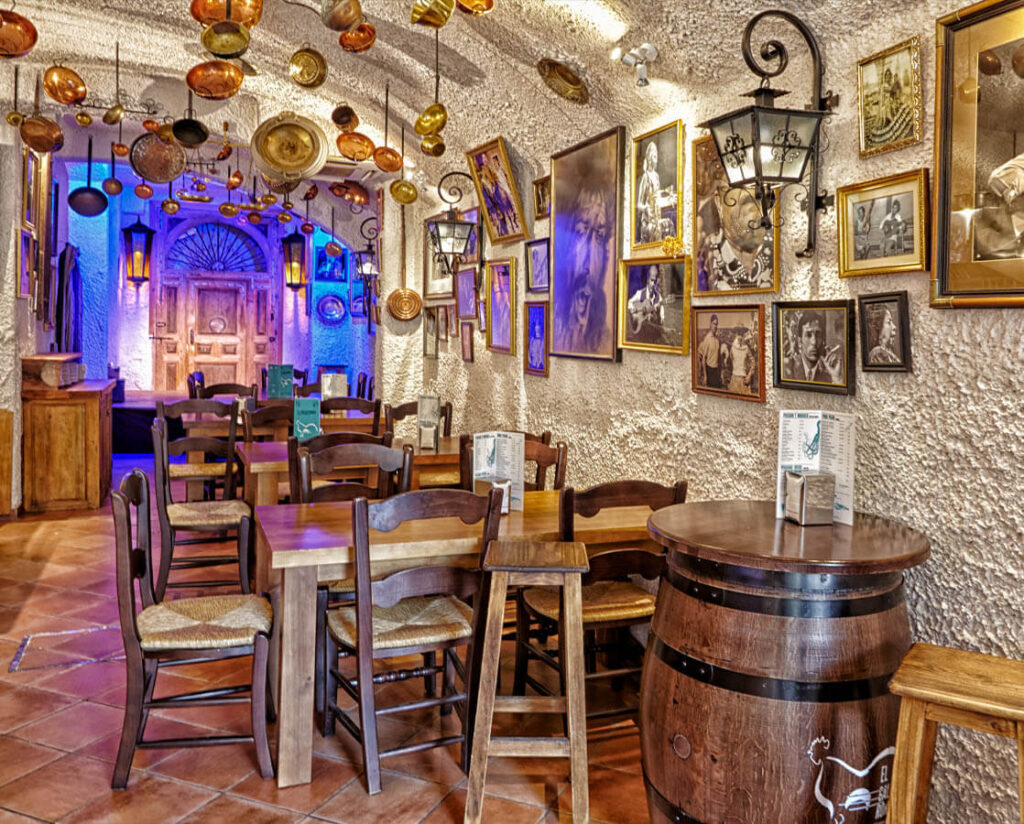
We hope that you are encouraged to enjoy the Art of Flamenco and that this post will help you fall in love a little more with Spain, Andalusia and the Costa del Sol.
For luxury properties in Marbella and surroundings, don’t hesitate to contact us.
